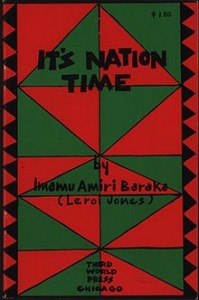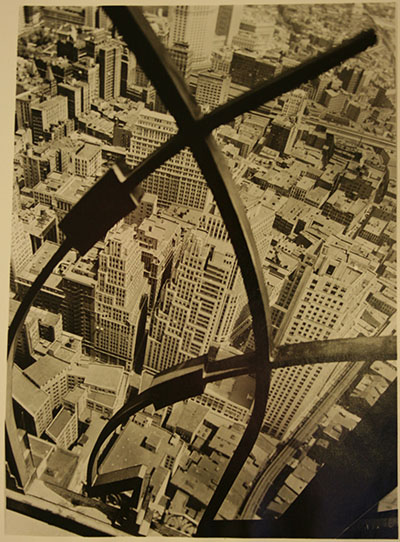Jason Hill, Assistant Professor, Department of Art History
“Photography of the 1930s”
Thursday, March 9, 12:00-12:45 PM
Old College Gallery
As part of the exhibition “AMERICAN GRAPHIC: PICTURING SOCIAL CHANGE IN THE 1920S AND 1930s” at Old College Gallery from February 8- May 12, 2017.
In the 1920s and 1930s, American artists mobilized the media of printmaking and photography to capture the changing realities of modern life and to communicate with wider audiences. This exhibition, curated by Karli Wurzelbacher, Ph.D. Candidate, Department of Art History drawn from the University of Delaware collections, highlights artwork that engaged with economic, political, and social issues in the time of the Great Depression and President Franklin Roosevelt’s “New Deal” relief and recovery program. Most of the twenty-three artists included worked for the United States government as part of agencies such as the Farm Security Administration and the Federal Art Project. Many were politically active in liberal and leftist causes. All questioned the role of the artist in society and debated which styles and subjects could most effectively speak to a broad public. In the four interrelated sections of the exhibition—Machine Age Environments, Street Life, Prints for the People, and Documenting America—we see the richness and variety of the artwork that charted interwar America in black and white.
Berenice Abbott and Louis Lozowick were two of the most influential artists grappling with the dramatic transformation of America’s built environment during the Machine Age. Photographs from Abbott’s project Changing New York and eight lithographs by Lozowick register the scale and complexity of skyscrapers, bridges, power plants, and the elevated train. Printmakers Isabel Bishop and Mabel Dwight discovered unique subject matter in increasingly crowded and diverse urban spaces. They brought keen observation and humor to imagery borrowed from daily life in order to interest new viewers in their work. Other artists employed by the government’s Graphic Arts Division created overtly political prints in hopes of shaping popular opinion and official policy on some of the most pressing issues of the day: unemployment, workers’ rights, racism, and the rise of Fascism in Europe. The exhibition also features the photographs of Walker Evans and Dorothea Lange, Farm Security Administration employees who crisscrossed the country to chronicle rural and industrial living and working conditions. Appearing in newspapers, reports, magazines, and traveling exhibitions, their indelible images “introduced Americans to America.”
Harrison Graves, Co-Curator, So What Have We Learned: Black Visual Culture at UD
March 22, 2017
Title and time to be announced
Mechanical Hall Gallery
Jesse Erickson, Postdoctoral Researcher in Special Collections and Digital Humanities
“Making Meaning with Type: Typography and Black American Print Culture”
April 7, 12:30 PM
Mechanical Hall Gallery
As part of the exhibition “SO WHAT HAVE WE LEARNED: BLACK VISUAL CULTURES @ UD” at Mechanical Hall Gallery from February 8-May 12, 2017
So What Have We Learned highlights synergies between the collections of University of Delaware’s University Museums and Library Special Collections, Manuscripts, and Archives. Focused on African American art and Black visual culture, the selection process for the exhibition began in Special Collections with the formative question: what materials express Black visual culture?
Visual and historical cues for the exhibition radiate from Phillis Wheatley’s 1773 Poems on Various Subjects, Religious and Moral with: an engraved portrait of Wheatley; photographic imagery in Paul Laurence Dunbar’s 1906 When Malindy Sings; a 1920 blueprint for the Colored School in Newark, Delaware; broadsides by African American poets and typographers; and Black Panther ephemera.

Baraka, Amiri. It’s Nation Time. Chicago: Third World Press, 1970. Special Collections, University of Delaware Library, Newark, Delaware Cover design by Brother Omar Lama
Combined with selections from the African American art collection, such as Wendel A. White’s Schools for the Colored series (2007-16), and Faith Ringgold’s Henry Ossawa Tanner: His Boyhood Dreams Come True (2010) many of the chosen works emphasize early childhood and education. Noteworthy contributions by UD faculty and alums reinforce core exhibition themes of cultural agency and visual politics.
So What Have We Learned: Black Visual Cultures @ UD was curated by Julie L. McGee, Associate Professor of Black American Studies, and Harrison Graves, graduate student in the Department of English.






